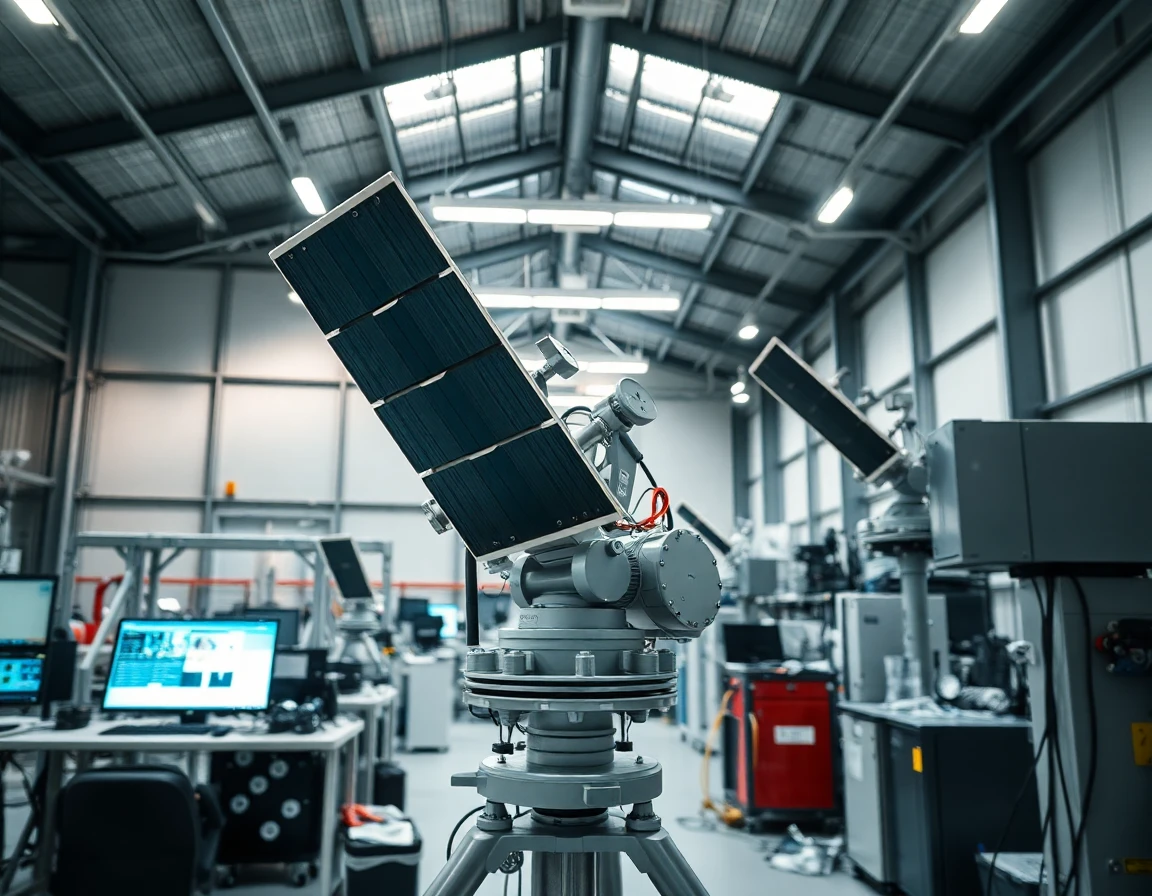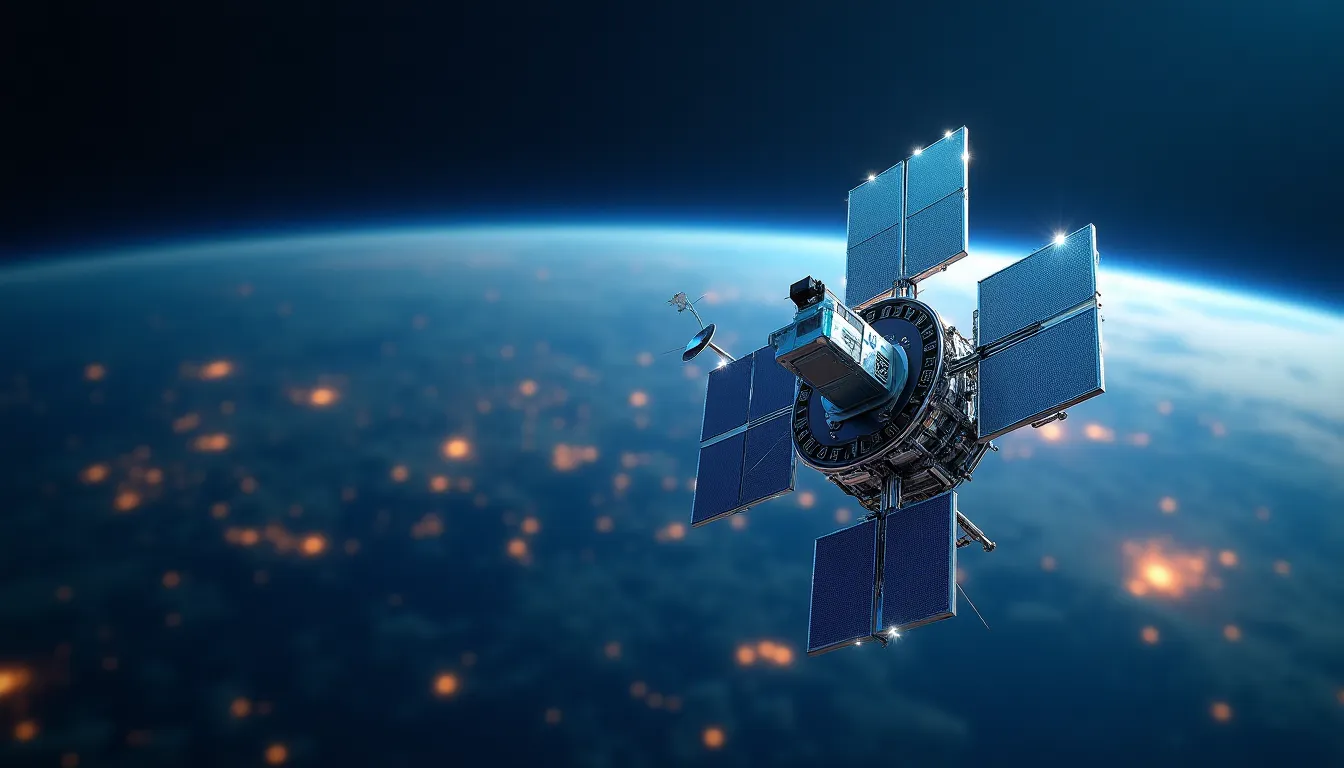In recent years, satellite constellations have become pivotal for enhancing global communications, surveillance, and data collection. With significant launches and strategic investments in low Earth orbit (LEO) capabilities, the aerospace and defense sectors are witnessing remarkable changes. This article delves into the latest developments, including SpaceX’s Starlink, Amazon’s Project Kuiper, the European Space Agency’s (ESA) new initiatives, and Japan’s Sky Perfect JSat expansion plans.
SpaceX Starlink and Amazon Kuiper: Expanding Global Broadband
SpaceX has continued to assert its dominance in the satellite internet market with a recent double launch of the Falcon 9 rocket, successfully deploying 24 Starlink satellites on September 2, 2025. This launch, part of SpaceX’s ambitious plans to blanket the globe with high-speed internet, underscores its commitment to expanding its LEO satellite constellation.
Concurrently, Amazon’s Project Kuiper is making significant strides, having successfully launched 27 satellites on August 11, 2025, from Cape Canaveral. With multiple launches since April, Kuiper’s constellation is steadily growing, aiming to provide affordable broadband access to underserved communities worldwide. As these two tech giants race to establish their satellite networks, the competition is expected to drive innovation and improve service capabilities.
ESA’s European Resilience from Space (ERS) Initiative
The European Space Agency is taking a proactive approach to enhance Europe’s defense and intelligence capabilities through its proposed European Resilience from Space (ERS) initiative. By soliciting innovative ideas for a new satellite constellation focused on intelligence, surveillance, and reconnaissance (ISR), the ESA aims to develop a dual-use system that serves both military and civilian applications.
With a budget of €1 billion allocated for the next three years, ESA is targeting a rapid development timeline, with architecture and technology plans expected to be finalized by the end of 2025. A key meeting scheduled for November 26-27, 2025, in Bremen, Germany, will play a crucial role in shaping this initiative. The ERS constellation will leverage advanced technologies such as high-performance MEMS accelerometers for precise navigation and advanced sensor modules for comprehensive motion sensing, ensuring superior operational capabilities.
Sky Perfect JSat: A Bold Expansion into LEO
Japan’s Sky Perfect JSat is on the brink of a transformative expansion, planning to nearly triple its space investment over the next three years. This strategic move aims to diversify its satellite portfolio beyond traditional geostationary broadcast satellites into LEO optical and radar observation satellites.
The company’s investment also includes advanced laser-optical communication technologies, which are becoming increasingly vital for high-speed data transmission. This diversification reflects a broader industry trend towards multi-orbit satellite constellations, positioning Sky Perfect JSat to serve both commercial and military markets effectively.
NASA’s Missions: Monitoring Space Weather and Heliophysics
In addition to commercial initiatives, NASA is preparing to launch three significant spacecraft related to space weather and heliophysics, scheduled for no earlier than September 23, 2025. These missions include the Interstellar Mapping and Acceleration Probe (IMAP), the Carruthers Geocorona Observatory, and NOAA’s SWFO-L1 solar observatory, all aimed at studying the heliosphere and improving our understanding of space weather.
By positioning these missions at the Sun-Earth L1 Lagrange point, NASA aims to enhance space weather monitoring—an essential aspect for the safe operation of satellite constellations. Understanding solar wind dynamics and their impact on satellite functions is crucial for maintaining the integrity of space-based systems.
Conclusion
As satellite constellations evolve, the aerospace and defense industry is set to experience unprecedented advancements in communications, surveillance, and environmental monitoring. With companies like SpaceX and Amazon leading the charge in broadband initiatives and organizations like ESA and Sky Perfect JSat exploring innovative ISR capabilities, the future of satellite technology looks promising. Moreover, NASA’s focus on space weather will ensure that these systems operate efficiently and reliably, paving the way for a more interconnected and secure world. The ongoing investments and strategic developments in this sector will undoubtedly shape the future landscape of aerospace and defense technologies.
References
-
Space Industry Blastoff: Top Satellite & Space Developments (Sept … (ts2.tech) - 9/3/2025 SpaceX Launch Doubleheader: SpaceX launched two Falcon 9 missions in under 24 hours, one from California late Sept. 2 carrying 24 Starlink …
-
ESA wants ideas, and urgently - Advanced Television (www.advanced-television.com) - 9/3/2025 AST SpaceMobile insists FM-1 satellite will ship in August · AST SpaceMobile wraps Chipset development · Further delays for AST’s FM1 satellite …
-
Sky Perfect JSat, expanding into multiple commercial & military … (www.spaceintelreport.com) - 9/2/2025 Sky Perfect JSat, expanding into multiple commercial & military markets, to triple space investment in coming 3 years ; On the double: ESA wants …
-
Space Brief 31 Aug 2025 - KeepTrack (keeptrack.space) - 8/31/2025 SpaceX makes headlines with dual Starlink launches, Rocket Lab inaugurates new launch complex, while AI’s impact on space missions and …
-
Kuiper mission updates: Kuiper constellation grows to more than … (www.aboutamazon.com) - 8/29/2025 Launch date: September 25, 2025. Number of satellites: 27. Launch site: Space … Launch date/time: Monday, August 11, 2025, 8:35 a.m. EDT Number of …



